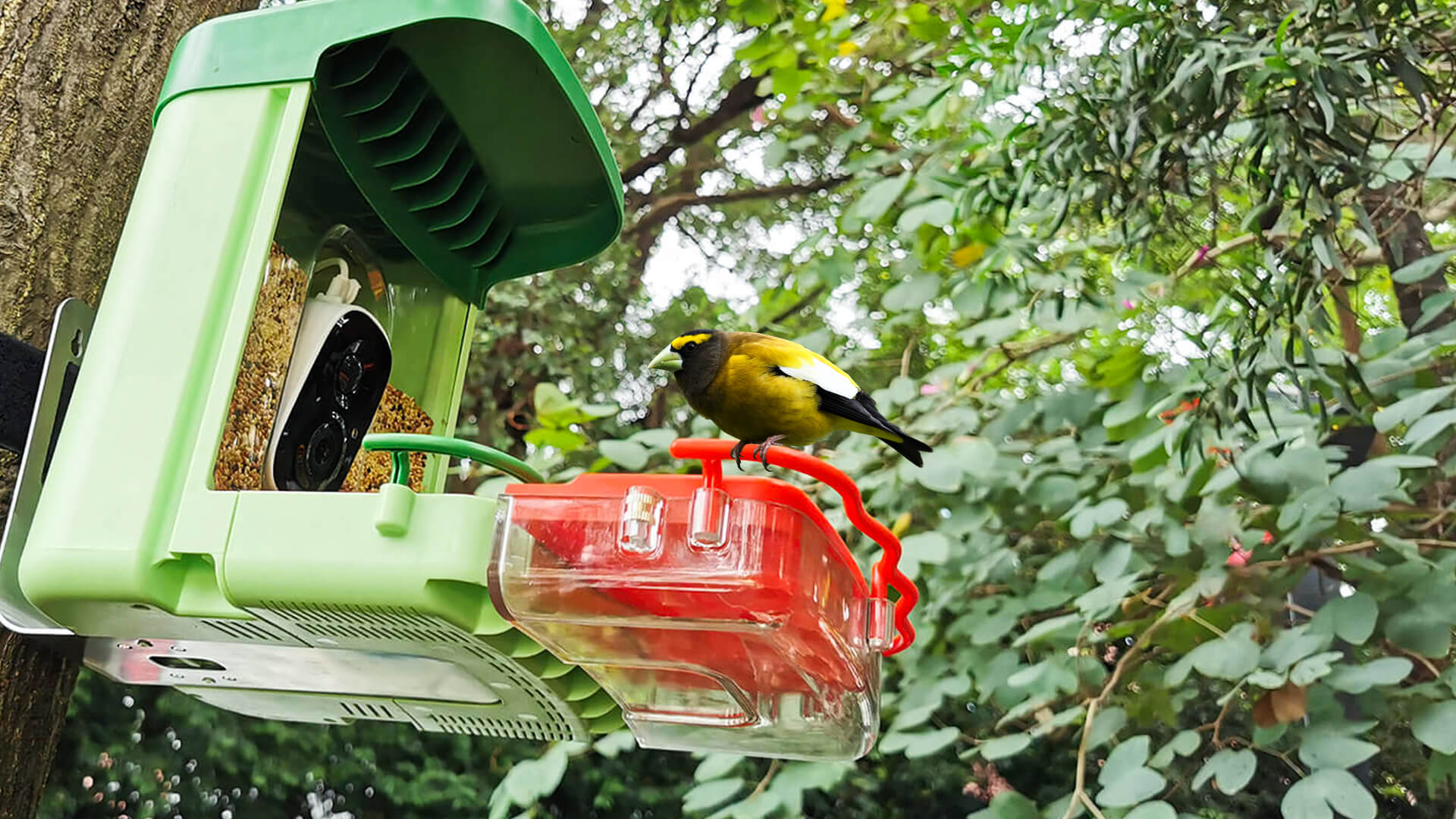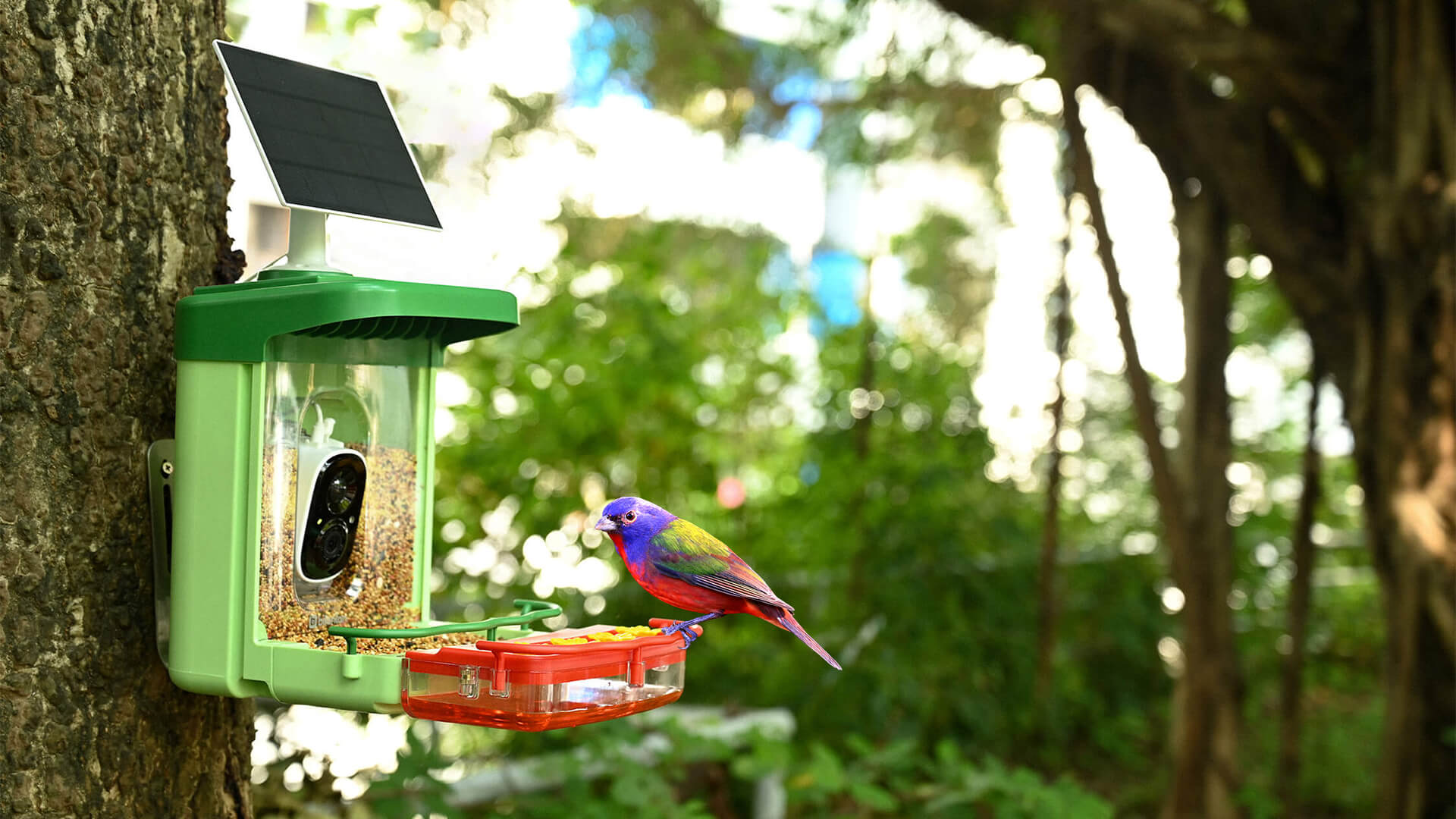A crisp, pretty sparrow whose bright rufous cap both provides a splash of color and makes adults fairly easy to identify. Chipping Sparrows are common across North America wherever trees are interspersed with grassy openings.
Chipping Sparrow:
The chipping sparrow is a species of New World sparrow, a passerine bird in the family Passerellidae. It is widespread, fairly tame, and common across most of its North American range.
There are two subspecies, the eastern chipping sparrow and the western chipping sparrow. This bird is a partial migrant with northerly populations flying southwards in the fall to overwinter in Mexico and the southern United States, and flying northward again in spring.
Basic Info:
Scientific Name: Spizella passerina
Lifespan: 4-7 years(average)
Size: 4.7–5.9 in
Weight: 0.4–0.6 oz
Wingspan: 8.3 inches
Chipping Sparrow Distribution and Habitat:
Chipping sparrows are found in a wide variety of open woodland habitats. They are found in open forests or forest edges, especially coniferous forests. They prefer forests with shrubby undergrowth. Chipping sparrows are common in suburban areas, urban parks, orchards, and other human-modified landscapes.
Chipping Sparrow in the backyard:
Chipping Sparrows will eat many kinds of birdseed, particularly black oil sunflower seeds from feeders, but also seed mixes scattered on the ground. Shrubs or small trees in your yard may entice Chipping Sparrows to build a nest.
Chipping Sparrow Breeding:
The male chipping sparrows start arriving at the breeding grounds from March to mid-May. The female arrives one to two weeks later, and the male starts singing soon after to find and court a mate. Overall, the breeding season is from March till about August.
The chipping sparrow breeds in grassy, open woodland clearings and shrubby grass fields. The nest itself is constructed by the female in about four days. It consists of a loose platform of grass and rootlets and an open inner cup of plant fiber and animal hair.
The chipping sparrow lays a clutch of two to seven pale blue to white eggs with black, brown, or purple markings.




To attract Chipping Sparrows and provide them with their favorite seeds, consider using the BirdHi Mag Smart Bird Feeder. Its innovative design makes it easy to dispense black oil sunflower seeds and other bird mixes, creating a welcoming feeding station for sparrows in your yard.





Leave a comment
All comments are moderated before being published.
This site is protected by hCaptcha and the hCaptcha Privacy Policy and Terms of Service apply.